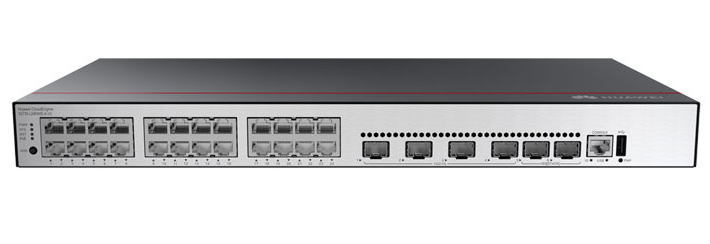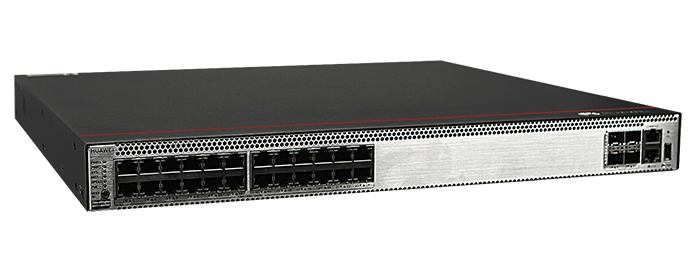































When I first started using Linux, back in '97, working with the built-in firewall was not something just anyone could do. In fact, it was quite complicated. Starting around 1998, if you want to manage the security of a system, you had to learn iptables (which is a suite of commands for manipulating the Netfilter packet filtering system).
For example, if you want to allow all incoming secure shell (SSH) traffic, you might have to issue commands like this:
sudo iptables -A INPUT -p tcp --dport 22 -m conntrack --ctstate NEW,ESTABLISHED -j ACCEPTsudo iptables -A OUTPUT -p tcp --sport 22 -m conntrack --ctstate ESTABLISHED -j ACCEPT
That's all fine and good if you have time to not only master the Linux operating system, but also know the finer points of managing a complicated security system. To be fair, I did spend the time and was eventually able to manage the security of my systems with iptables.
However, the busier I got, the harder it became to continue the level of mastery needed to keep up with iptables. Over time, things started getting more accessible and some Linux distribution developers began to realize an easier system was necessary. One of those more accessible Linux firewalls came into being with the Ubuntu distribution (around version 12.04). That firewall is aptly named Uncomplicated Firewall.
Uncomplicated Firewall (UFW) is a frontend for iptables, which focuses on simplicity. Compared to iptables, UFW is a leisurely stroll through the park that anyone can handle.
Let's take a walk down UFW lane and see just how simple it makes managing your Linux system firewall.
There are two things you should know about UFW:
The UFW command is actually pretty simple. Let's stick with our SSH idea from above. Let's say you want to allow other systems to access your machine by way of SSH (which listens on port 22).
First, you'll want to see if UFW is even enabled. Guess what
 Etiquetas calientes:
Etiquetas calientes: